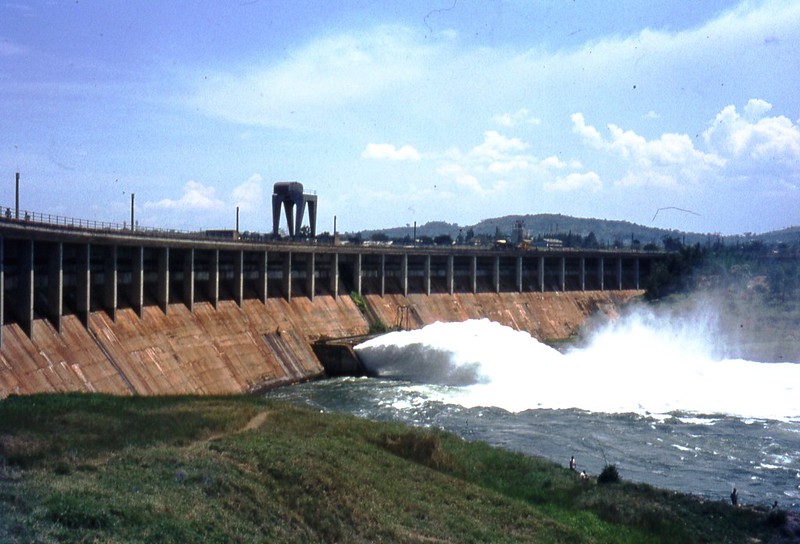Introduction: The Big Five Safari Experience in East Africa If you're dreaming of a true…
Owen Falls Dam Jinja Uganda
Owen Falls Dam Jinja Uganda – Nalubale hydroelectric power.
The formation of the Uganda Electricity Board was prompted by a 1947 study by English engineer Sir Charles Redvers Westlake, who recommended to the Colonial administration of Uganda the building of a dam at Owen Falls, close to Jinja town.
Near Jinja town in Uganda, you may find the Owen Falls, a cascade on the White Nile. After the Nalubale Hydroelectric Power Station was finished in 1954, the falls and the adjacent Ripon falls were flooded. The power plant and dam were renamed from Owen Falls Power plant to Nalubale Power Station and Nalubale Dam, respectively, after a rebranding effort.
About four kilometers north (downstream) of the river’s outlet from Lake Victoria was where you could find the waterfalls. Previously known as Owen Falls Dam, this is now known as Nalubale Dam. At the coordinates 00°26’37.0″N, 33°11’05.0″E (Latitude: 0.443611, Longitude: 33.184722), you may find the old Owen Falls.

A concrete gravity dam and a close-coupled intake powerhouse unit were the initial components of the Owen Falls Power Station. It regulates the discharge from Lake Victoria with a network of 10 turbines and six dam sluices. The six sluices have a combined spill capacity of about 1,200 cubic meters per second when they are completely opened.
In 1954, when Queen Elizabeth II commissioned the power plant, it had a generating capacity of 30 megawatts, thanks to its two 15 megawatt units. From 1966 through 1968, all 10 units were active, as shown in the table below, which shows the progressive growth in generating capacity. The power station’s generating capacity hit 150 megawatts that year.
So that the outflow from Lake Victoria stays the same as it was before the dam was built—that is, when it was naturally controlled by the rocky barrier of Ripon Falls—the power station is operated through the Agreed Curve, per agreements signed in 1929 and amended in 1949 between the Colonial British government and the government of Egypt.
The generating capacity of Owen Falls Dam declined to 60 megawatts by 1986 as a result of the negligence and lack of maintenance that occurred between 1971 and 1986. In order to fulfill demand, this necessitated repairs and rehabilitation, which included increasing the capacity of each turbine from 15 to 18 megawatts. By 1996, the power plant had increased its generating capacity to 180 megawatts.
Acres International, now a division of Hatch Limited of Canada, investigated the potential for enhancing the Nile River’s power-generating capacity at this site in the late 1980s. A second powerhouse, situated about 1 kilometer northeast of the Nalubale Power Station, is the subject of the new project.
To transfer water from Lake Victoria to the newly constructed powerhouse, a canal was dug. Significant building work was completed in 1999. In 2000, the first electricity was brought online by two of the five units that were constructed. In 2007, the fifth and last turbine was set up. There are 40 megawatts of power available from each turbine. The new hydroelectric power facility is known as Kiira.


